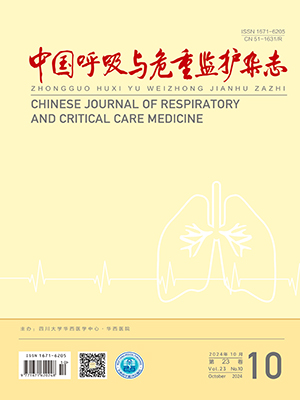Objective To assess the overall diagnostic value of magnetic resonance angiography ( MRA) in patients with suspected pulmonary embolism.
Methods A search in Cochrane Library,Medline,Embase,Wanfang and China Biology Medicine disc ( CBMdisc) was performed to identify relevant English and Chinese language publications from1990 to 2012. Criteria for inclusion was established based on validity criteria for diagnostic research published by the Cochrane Methods Group on Screening and Diagnostic Tests. Subsequently, the characteristics of the included articles were appraised and extracted. Statistical analysis was performed byMeta-disc version1. 4. Heterogeneity of the included articles was tested, which was used to select proper effect model to calculate pooled weighted sensitivity, specificity, positive likelihood ratio and negative likelihood ratio. Summary receiver opertating characteristic ( SROC) curve was performed and the area under the curve ( AUC) was calculated.
Results 6 literatures in English were finally collected, with a total of 534 cases recruited into the study. Heterogeneity was found because of threshold effect. A Metaanalysis was performed using the randomeffect model. The value of the positive likelihood ratio and negative likelihood ratio of MRA with 95% confidence interval ( 95% CI) were 32. 392( 15. 951-65. 778) and 0. 217( 0. 160-0. 294) , respectively. The pooled weighted sensitivity and specificity were 0. 800 ( 0. 728-0. 860)and 0. 984( 0. 966-0. 994) , respectively. The AUC of SROC was 0. 9783.
Conclusions MRA has certain diagnosis value for pulmonary embolismwith high sensitivity and specificity. MRA may be the best choice for some patients with renal mysfunction and allergy to radiographic contrast material. Otherwise, patients who are detected by MRA avoid exposure to ionizeing radiation.
Citation: ZHANG Youzhi,XIA Jingwen,YANG Haihua,LONG Feng,CHEN Xiaodong. Magnetic Resonance Pulmonary Angiography in Detection of Pulmonary Emblism: A Meta-analysis. Chinese Journal of Respiratory and Critical Care Medicine, 2013, 12(5): 499-504. doi: DOI: 10 . 7507 /1671 -6205 . 20130120 Copy




